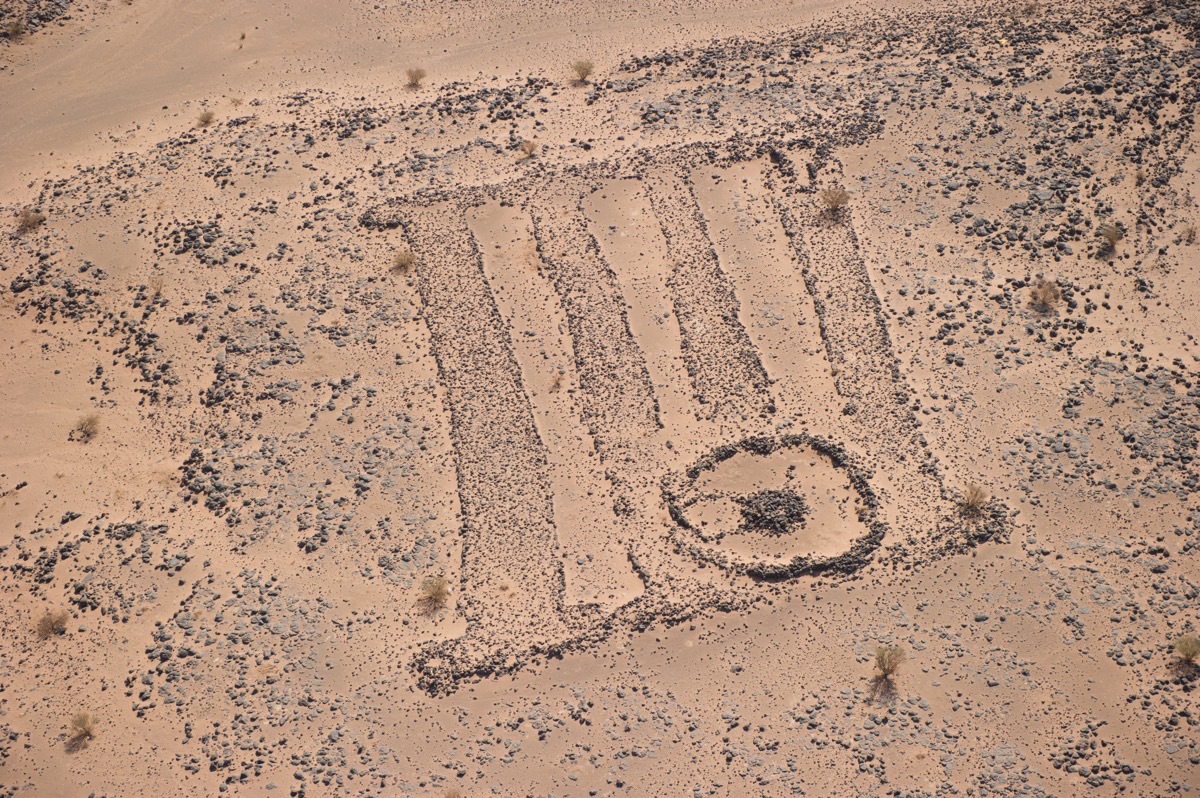5 Major Archaeology Discoveries to Look for in 2018

The burial of a warrior who lived and (literally) died by the sword, a new tomb in the Valley of the Kings and a cave that may have held Dead Sea Scrolls — these are just some of the big archaeology and history stories that we think we may hear about in 2018. Look back at the predictions for 2017 and 2016 to see our track record.
Fantastic new burial in Greece
The tomb of a warrior who was killed by the slice of a sword has already been discovered in Greece. At least four other people were buried with the warrior. The five people were buried with gold and silver rings, ivory-handled swords, a gold-decorated dagger and many other artifacts.
Yet the public never heard a word about this fantastic discovery because the area where the tomb is located has been hit hard by looters. Archaeologists do not want to disclose information about the tomb until excavations are finished and the site can be better secured.
In 2018, the security situation may improve enough for this discovery to be discussed in more detail. Until then, no pictures have been released, and Live Science decided not to publish the site's location or more information. [The 25 Most Mysterious Archaeological Finds on Earth]
13th Dead Sea Scrolls cave?
In 2017, a new Dead Sea Scrolls cave was found near the site of Qumran. The cave had been plundered in the 1950s or 1960s, but archaeologists found a blank scroll when they excavated it recently. This is the 12th cave found near Qumran that once held Dead Sea Scrolls. The other 11 caves were discovered in the 1940s and 1950s. [In Photos: New Dead Sea Scrolls Revealed]
The discovery of the 12th cave made headlines around the world, but that find is unlikely to be the end of the story. The team that found the 12th cave is surveying several other caves that could potentially hold additional Dead Sea Scrolls, Live Science has learned. This survey is being carried out as part of a larger project by the Israel Antiquities Authority (IAA). The IAA is racing to identify and excavate any caves in the Judaean Desert that may contain archaeological remains, because several looters operating in the Judaean Desert have been caught by authorities over the past few years. Some of the looters were found carrying the remains of possible scrolls.
Given that the survey is ongoing and that several potential Dead Sea Scrolls caves have already been identified, it wouldn't be surprising to see in 2018 that a 13th Dead Sea Scroll has been discovered near Qumran.
Get the world’s most fascinating discoveries delivered straight to your inbox.
Prehistoric-site discoveries in Saudi Arabia
2017 brought news of some fantastic prehistoric-site discoveries in Saudi Arabia. In August, Live Science reported that 46 prehistoric sites, some possibly more than 1 million years old, had been discovered in Saudi Arabia. The findings were made by researchers with the Palaeodeserts Project, which aims to better understand Saudi Arabia's human and environmental past.
In October, another archaeological team reported that they had found 400 mysterious rectangular structures that archaeologists call "gates" (named for their resemblance to field gates) in Saudi Arabia, and within a few days, the team was invited to take low-flying aerial photographs and conduct on-the-ground research. Nearly 6,000 aerial photographs and a large amount of data are currently being analyzed. [Photos: Aerial Views of Ancient Stone Structures in Saudi Arabia]
In November 2017, the country held the "1st Saudi Archaeology Convention," in which research from across the kingdom was presented. In 2018, we can expect to hear of new prehistoric-site discoveries, as well as finds from more recent time periods, in Saudi Arabia.
Valley of the Kings
Much research has been going on in Egypt's Valley of the Kings in recent years, and 2018 may see new discoveries in the valley.
In July, Live Science reported that archaeologists had identified an area near the tomb of the pharaoh Ay (1327-1323 B.C.) that has four foundation deposits and a radar reading that could indicate the presence of a tomb. Another group of archaeologists has carried out surveys of the western part of the Valley of the Kings in recent years. A third team, this one from the University of Basel, in Switzerland, is currently analyzing and publishing the finds from KV 40, a tomb in the Valley of the Kings where dozens of mummies were discovered in 2014.
Additionally, Live Science has received unconfirmed reports of fieldwork going on right now in the Valley of the Kings that may lead to the discovery of a new tomb. Given all of this activity, it's quite possible that 2018 will bring stunning new discoveries, possibly including that of a new tomb, in the Valley of the Kings.
Science versus looters
In 2018, scientists will be working on many technologies and solutions to address the worldwide problem of looting. They include robots that can go into dangerous looter tunnels and assess damage that looters have done, dogs that sniff out artifacts that are being smuggled into the U.S., and software that can identify stolen artwork that thieves are trying to sell.
Countries that are dealing with wars and economic and political strife are hit the hardest by looting. Looters have gunned down antiquities guards, and children have been killed while working (typically for little money) in narrow tunnels.
Originally published on Live Science.

Owen Jarus is a regular contributor to Live Science who writes about archaeology and humans' past. He has also written for The Independent (UK), The Canadian Press (CP) and The Associated Press (AP), among others. Owen has a bachelor of arts degree from the University of Toronto and a journalism degree from Ryerson University.



